dissolutionCritical role of phenomena in welding and riveting processes and control strategies
1 Understanding the phenomenon of dissolution and its importance in joining materials
The phenomenon of dissolution is a fundamental and critical physico-chemical process in welding and riveting. It refers to the process of melting, mutual fusion and diffusion of base metal, filler metal or brazing material at the interface under the action of a heat source. This phenomenon directly affects the formation quality, microstructure and mechanical properties of the joint. Whether it is the traditional fusion welding, brazing, or the emerging stir friction riveting welding, the control of the dissolution process is the core link to ensure the performance of the joint.
In the case of stir friction rivet welding of aluminium alloys to steel, for example, the frictional heat generated by the rotation of the rivets during the joining process softens the aluminium alloy and produces a plastic flow that fills the prefabricated holes. During this process, a certain degree of elemental interdiffusion occurs at the interface, and even intermetallic compounds are formed. Similarly, during brazing, the rate and degree of dissolution of the base material has a decisive influence on the weld organisation and properties. Therefore, in-depth understanding and precise control of the dissolution process is of great significance for optimising the welding and riveting process, improving the reliability of the joints and prolonging the life of the components.
2 Typical dissolution processes and interfacial reactions in welding and riveting
2.1 Dissolution behaviour of base materials in brazing
During the brazing process, when the liquid brazing material comes into contact with the base metal, dissolution of the base material into the liquid brazing material occurs. This dissolution process is a complex physicochemical process, the rate and extent of which is influenced by a number of factors. It has been shown that brazing temperature, holding time, and brazing material composition all significantly affect the amount of dissolution of the base metal.
For example, in the brazing of aluminium heat exchangers, the researchers found significant dissolution and erosion. By comparing three different brazing profiles (normal, heated and strongly heated), it was found that the degree of dissolution of the radiator components during brazing ranged from 181 TP3T to 681 TP3T. Under the strong heating profile, erosion in some areas of the brazed joints can even lead to the destruction of thin-walled cooling fins. This indicates that excessive dissolution can have a serious negative impact on joint performance.
2.2 Interfacial reactions in the joining of dissimilar materials![图片[1]-溶解现象在焊接与铆焊工艺中的关键作用及控制策略(焊接与铆焊中的典型溶解过程及界面反应)-大连富泓机械有限公司](https://cndlfh.com/wp-content/uploads/2025/10/QQ20251002-201347-800x459.png)
When joining dissimilar materials, such as aluminium alloys and steel, complex chemical reactions and elemental diffusion occur at the interface, resulting in the formation of intermetallic compounds. In stir friction riveting welding of aluminium alloys to steel, the interface is prone to the formation of FexAly (x<y) type intermetallic compounds such as Fe2Al5 and FeAl3, which are aluminium-rich intermetallic compounds that are usually detrimental to the performance of the joint.
Through TEM inspection and other means, the researchers observed intermetallic compounds such as Fe4Al13, flaky Fe2Al5, and diffusely distributed massive FeAl6 at the interface of stir friction rivet welding of aluminium alloys to steel. The type, thickness and distribution of these compounds directly determine the mechanical properties and failure behaviour of the joint.
3 Strategies and methods for controlling the dissolution phenomenon
3.1 Optimisation of process parameters
The primary method of controlling the dissolution phenomenon is to optimise the joining process parameters. Critical parameters such as temperature, time and pressure need to be precisely controlled to balance the conflicting demands of the degree of dissolution and the performance of the joint.
During TLP (Transitional Liquid Phase) joining and brazing, the degree of dissolution of the base material can be effectively managed by controlling the maximum temperature and holding time. For example, in liquid film dissolution diffusion welding of steel materials, the spray melting temperature has a significant effect on the joint organisation and mechanical properties. With the increase of spray melting temperature, the interface Ni, Fe atom mutual diffusion intensifies, and the thickness of the interface diffusion bonding layer increases. It was found that in the static mirror liquid film state of 700~800℃, excellent weld zone without white mouth and hardened organisation can be obtained.
3.2 Material design and surface treatment
Harmful dissolution and interfacial reactions can also be effectively controlled through rational material design and surface treatment. In the connection between aluminium alloy and steel, the formation of harmful Fe-Al intermetallic compounds can be reduced and the generation of Al-Zn intermetallic compounds can be promoted by surface plating of Zn, Zn-Al-Mg or addition of Zn elements, which can improve the performance of the joint.
In contact reaction brazing, the use of Cu as an intermediate layer connecting 6063 aluminium alloy with 1Cr18Ni9Ti stainless steel can change the interfacial reaction path to form a composite interfacial structure consisting of Fe2Al5, FeAl3 intermetallic compounds, and Cu-Al intermetallic compounds, which improves the joint properties.
3.3 Innovative connection technology applications
Emerging joining technologies, such as stir friction rivet welding, naturally control the extent of harmful dissolution through clever process design. In this technology, the combination of mechanical locking and limited metallurgical bonding ensures joint strength while avoiding the formation of excess harmful intermetallic compounds.
The joint form of stirred friction riveting welding is mainly divided into self-riveting stirred friction riveting welding and self-pierce rotary riveting. In self riveting stir friction rivet welding, the aluminium plate is generally placed on top and the steel plate is placed on the bottom, taking advantage of the lower softening temperature of the aluminium alloy and the better plastic flow, to fill the prefabricated holes in the lower steel plate under the action of frictional heat to form a rivet welded joint. This process naturally limits the degree of interfacial reaction by controlling the heat input.
4 dissolutionEffects of the phenomenon on joint performance and quality assessment
4.1 Microstructure-mechanical property correlation
The dissolution process directly affects the microstructural characteristics of the joint, which in turn determines its mechanical properties. In stirred friction rivet welded joints, the joint area can be divided into stirred zone (SZ) or welded block (WNZ), thermo-mechanically affected zone (TMAZ), plastic deformation metal flow zone (PDZ) or self-riveted zone (SRZ) according to the law of organisational evolution.
Compared with the matrix organisation, the SZ regional organisation is obviously refined, with the finest grains, which are fine equiaxial crystals; the PDZ regional organisation is obviously coarsened, but is still relatively small compared with the matrix; the TMAZ regional grains are refined and obviously deformed due to the influence of mechanical stirring. This gradient change in microstructure directly affects the hardness distribution and mechanical properties of the joint.
4.2 Joint Failure Analysis
Improper control of the dissolution process can lead to a variety of joint defects and failure modes. Over-dissolution may lead to erosion phenomena, such as the destruction of thin-walled elements seen in aluminium heat exchanger brazing, while under-dissolution may lead to incomplete bonding and reduced joint strength.
In stir friction rivet welding of aluminium alloys to steel, the type of intermetallic compounds formed at the interface is critical. It has been shown that the formation of Al-rich intermetallics (e.g. Fe2Al5 and FeAl3) negatively affects the interfacial bonding as well as the strength of the joints compared to the formation of Fe-rich intermetallics (e.g. FeAl, Fe3Al).
5 Future development trends and prospects
With the continuous emergence of new materials and structures, the control of dissolution phenomena in welding and riveting faces new challenges and opportunities. The trend of lightweight drives the demand for joining lightweight materials such as aluminium-magnesium alloys and high-strength steels, which puts forward higher requirements for dissimilar material joining technology.
In the future, through the combination of multi-scale simulation and in-situ experimental observation, the nature of the dissolution process can be understood more deeply, providing theoretical guidance for process optimisation. Meanwhile, the development of intelligent control technology will realise real-time monitoring and precise control of the dissolution phenomenon in the joining process, further improving the stability and reliability of the quality of welded and riveted joints.

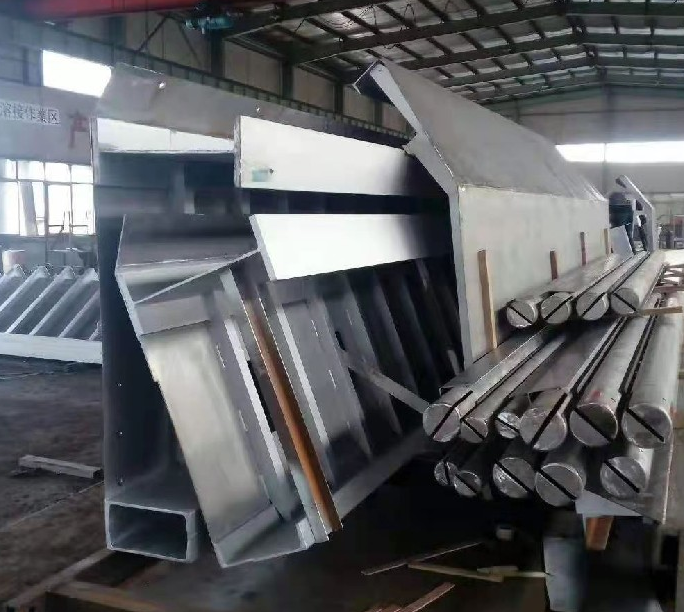


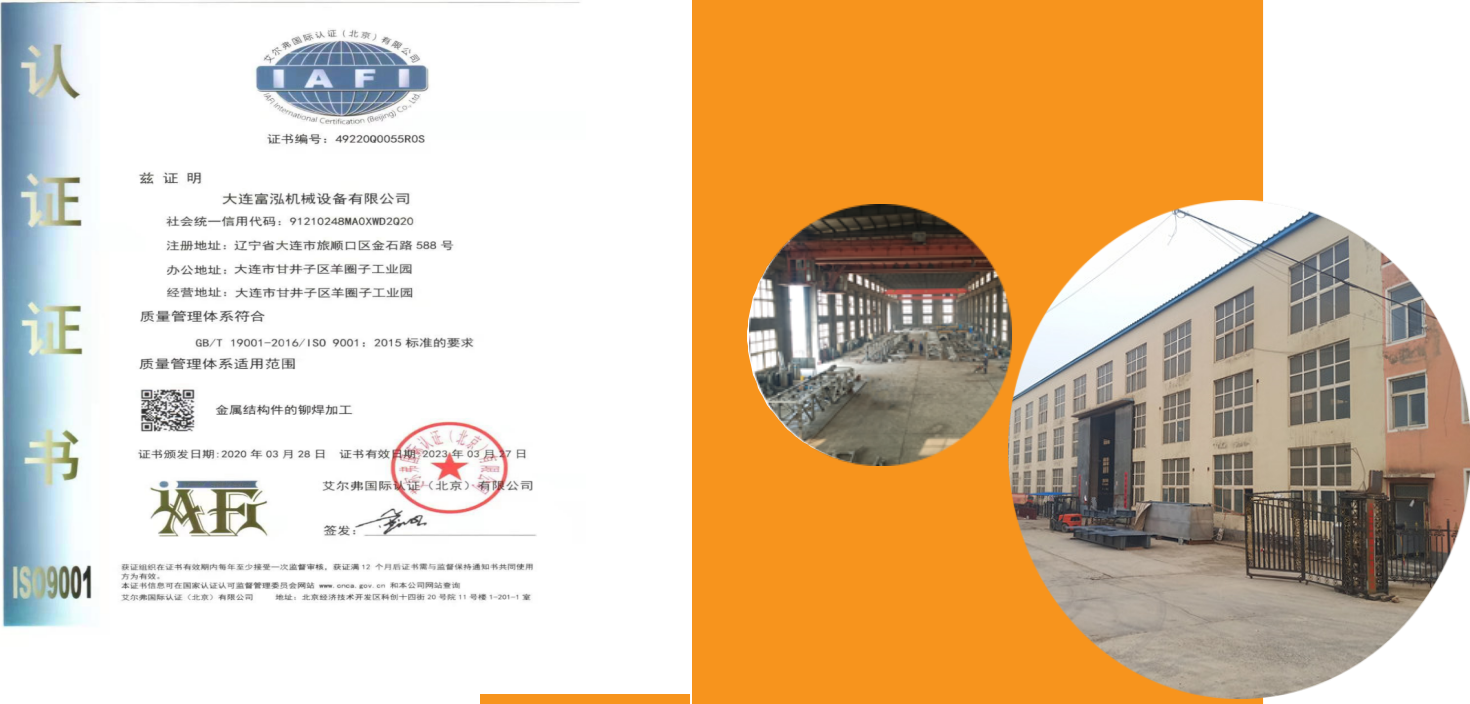
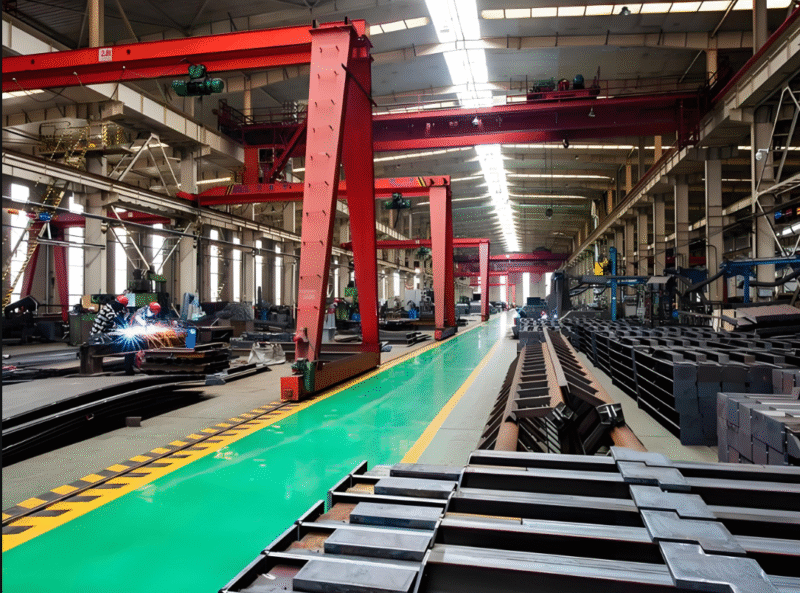

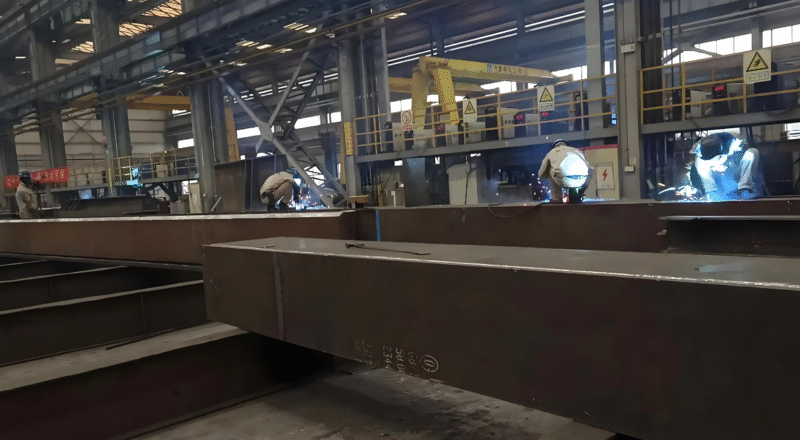
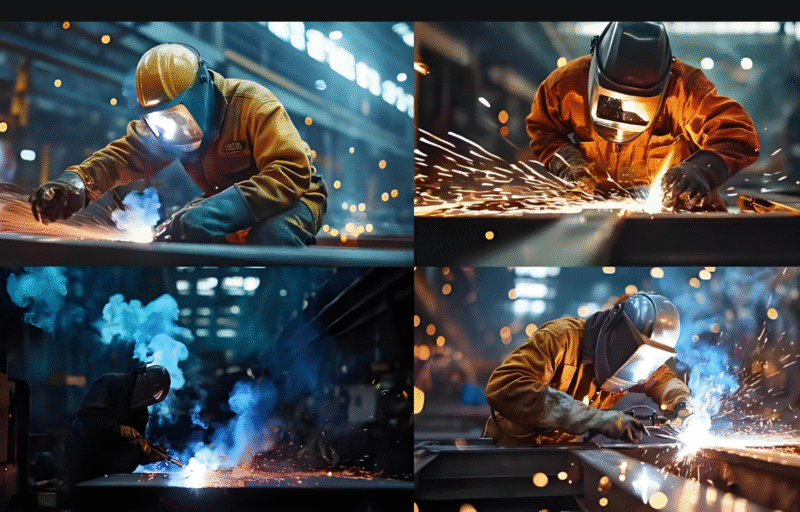

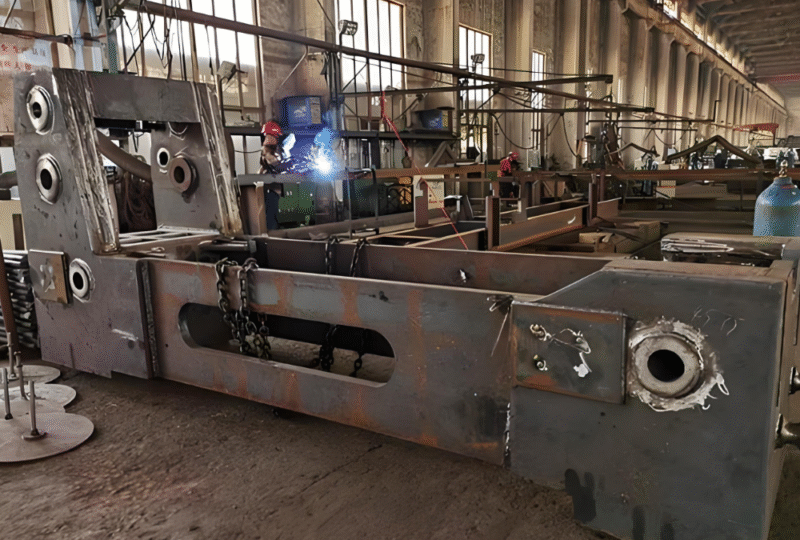

暂无评论内容